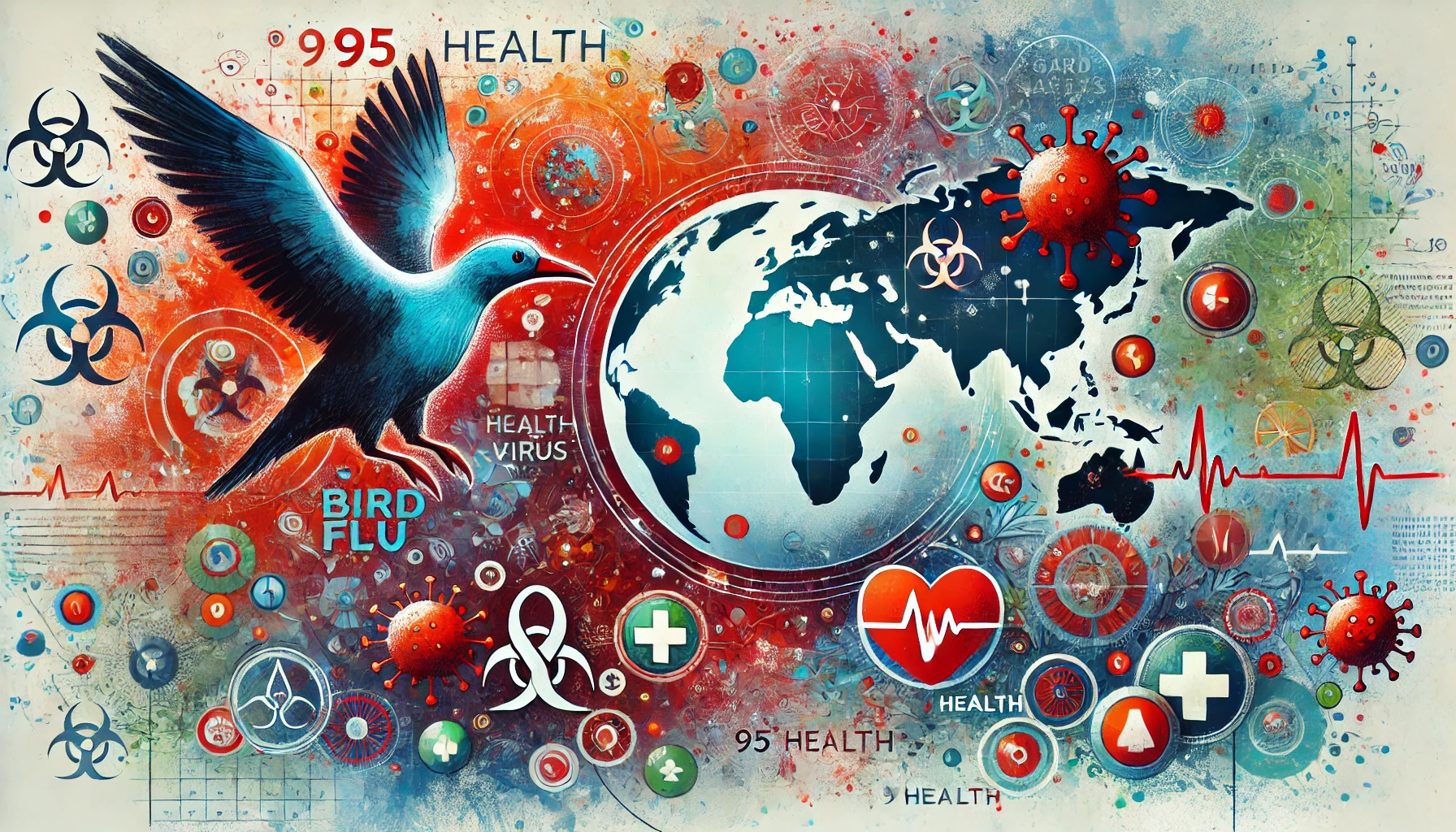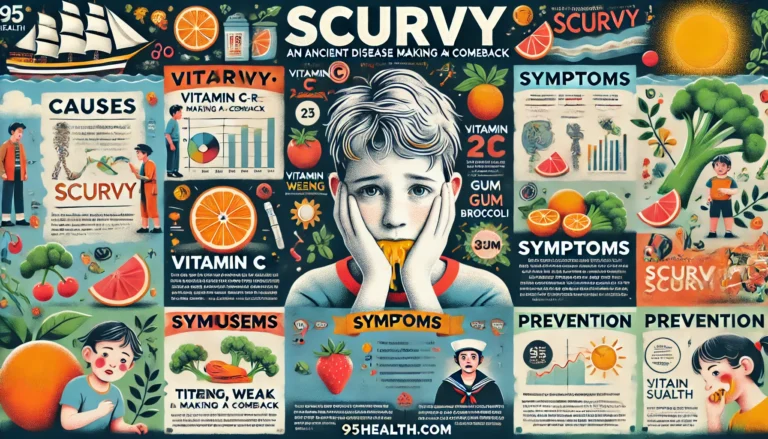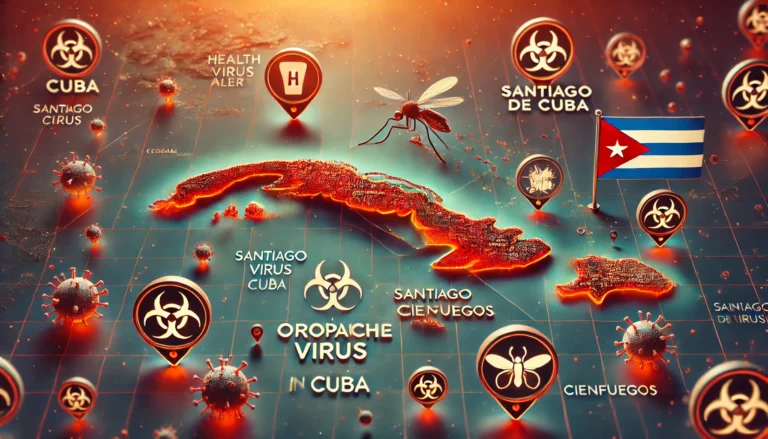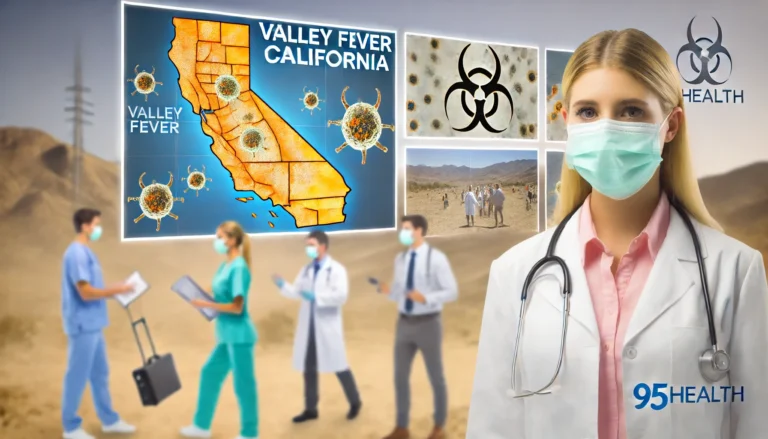H1N1 Bird Flu Outbreak Raises Global Concerns
Concerns are being raised once more by the recent bird flu outbreak, linked to the H1N1 strain. Bird flu outbreaks are not novel. However, their effect can be vast. For both animals and people they can affect us in unpredictable ways.
It reminds us, that disease from animals to people can be easily transferred. But these risks are serious, especially when public health measures are not ready. It demonstrates how human and animal health are really connected. It’s big for agriculture and public safety.
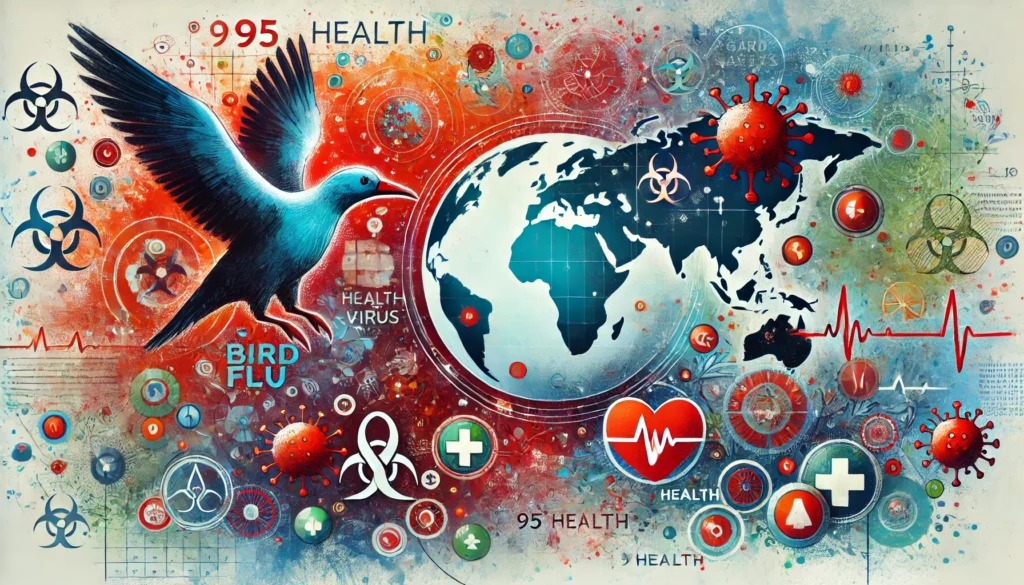
This outbreak is being contained by scientists and health officials. In fact, they are rolling out more testing programs. What they want to do is do better at getting a grasp of how the disease might spread, and also predict which regions are at most risk. They are all about protecting vulnerable communities.
Read more: How Bird Flu is Spreading Among Mammals and Growing Pandemic Fears
In both farms and wild bird populations so far, cases have been reported. It could spread further, there is a risk. The urgency for a global response is heightened by experts who think migratory patterns are making it worse.
Those people at risk are those who work closely with birds. This includes poultry farmers and poultry veterinarians. Usually, it is they who first encounter infected birds. However, the World Health Organization said vigilance and that this widespread testing are needed to control the outbreak.
Read more: CDC Offers Flu Shots to Farmworkers Amid Bird Flu Outbreak
Bird flu viruses, including H1N1, also could mutate, experts said. And if it mutates, it may spread more quickly from one human to the next. But this hasn’t occurred yet with this strain. Careful monitoring is so important that this is the reason.
Health officials are using advances in genetic sequencing to identify changes in the virus quickly. But these advances enable us to more easily adapt vaccines if necessary. In previous outbreaks this was often a challenge. These preventive efforts will continue so the public should know.
Read more: CDC’s Bird Flu Response: Protecting Farmworkers Amid H5N1 Outbreak
It’s daunting, but somebody’s doing something to keep everyone safe. But the best thing you can do now is be informed and follow the health advice. If you live where birds are reared or near the seasonal routes they take, keep abreast. Do not contact sick or dead birds, and report deaths to local authorities. It can make a big difference.
Biosecurity guidelines need to be followed and requests for testing need to be fulfilled by poultry farmers. Stopping larger outbreaks is crucial and these are very important steps. Bird flu is a community public health effort to keep us safe, so it might seem distant to you, but it’s not. But government measures are only part of the answer. We can, with the right actions, bring this outbreak under control and minimize a damaging effect on human health.
Read more: H5N1 Bird Flu Outbreak in New England Dairy Farms
Disclaimer: Nothing in this article is meant to be a recommendation or solicitation of any sort. This is not medication or professional advice. For concerns on disease outbreaks always consult health professionals.
References
- The Guardian. Bird flu: H1N1 outbreak testing. October 24, 2024.
- World Health Organization. Avian Influenza: Protecting Health. 2024.
- Smith, J. Understanding Bird Flu and Its Impacts. Global Health Insights. 2024.
- Centers for Disease Control and Prevention (CDC). Bird Flu Virus Monitoring and Response. 2024.
- National Geographic. How Migratory Patterns Affect Bird Flu Spread. 2024.

